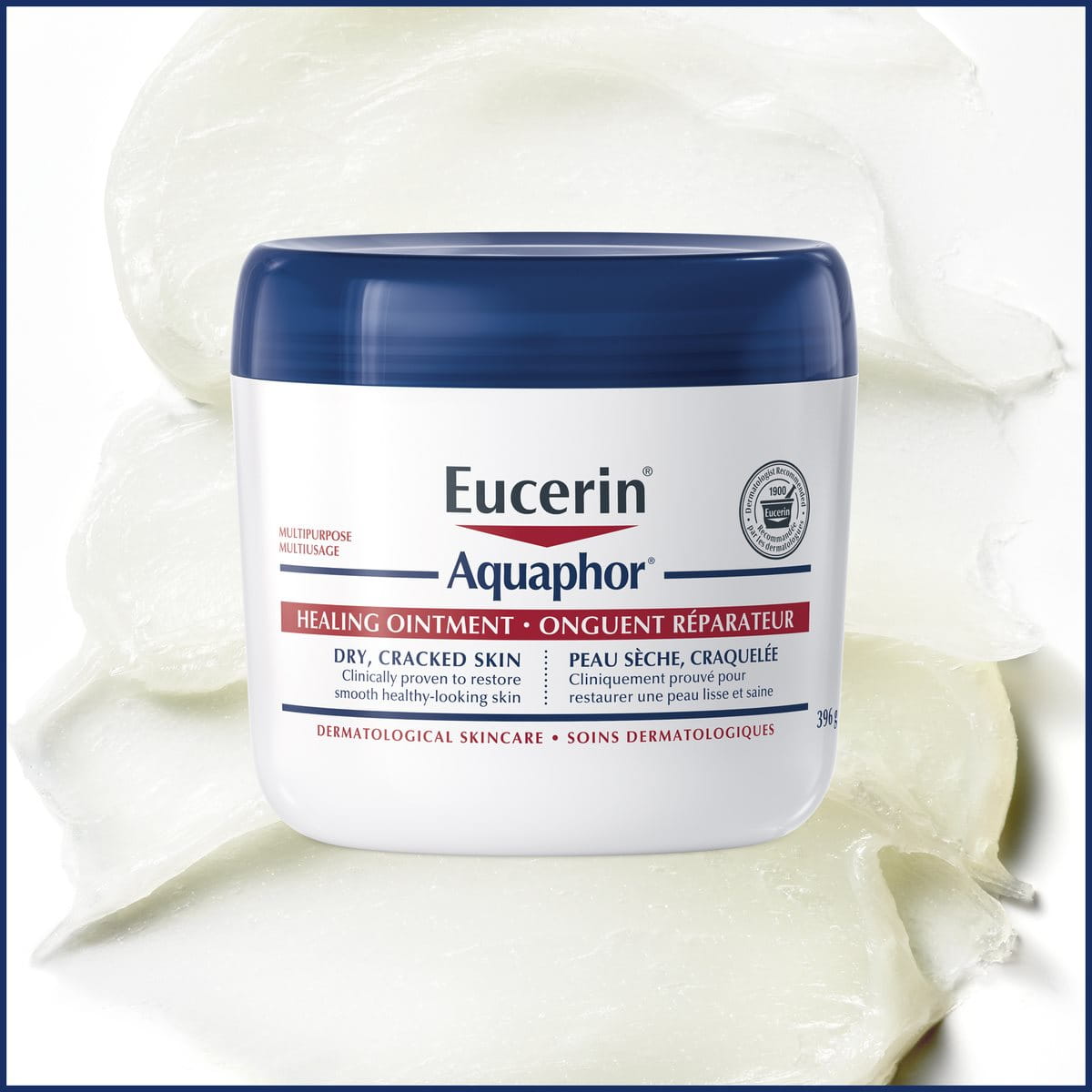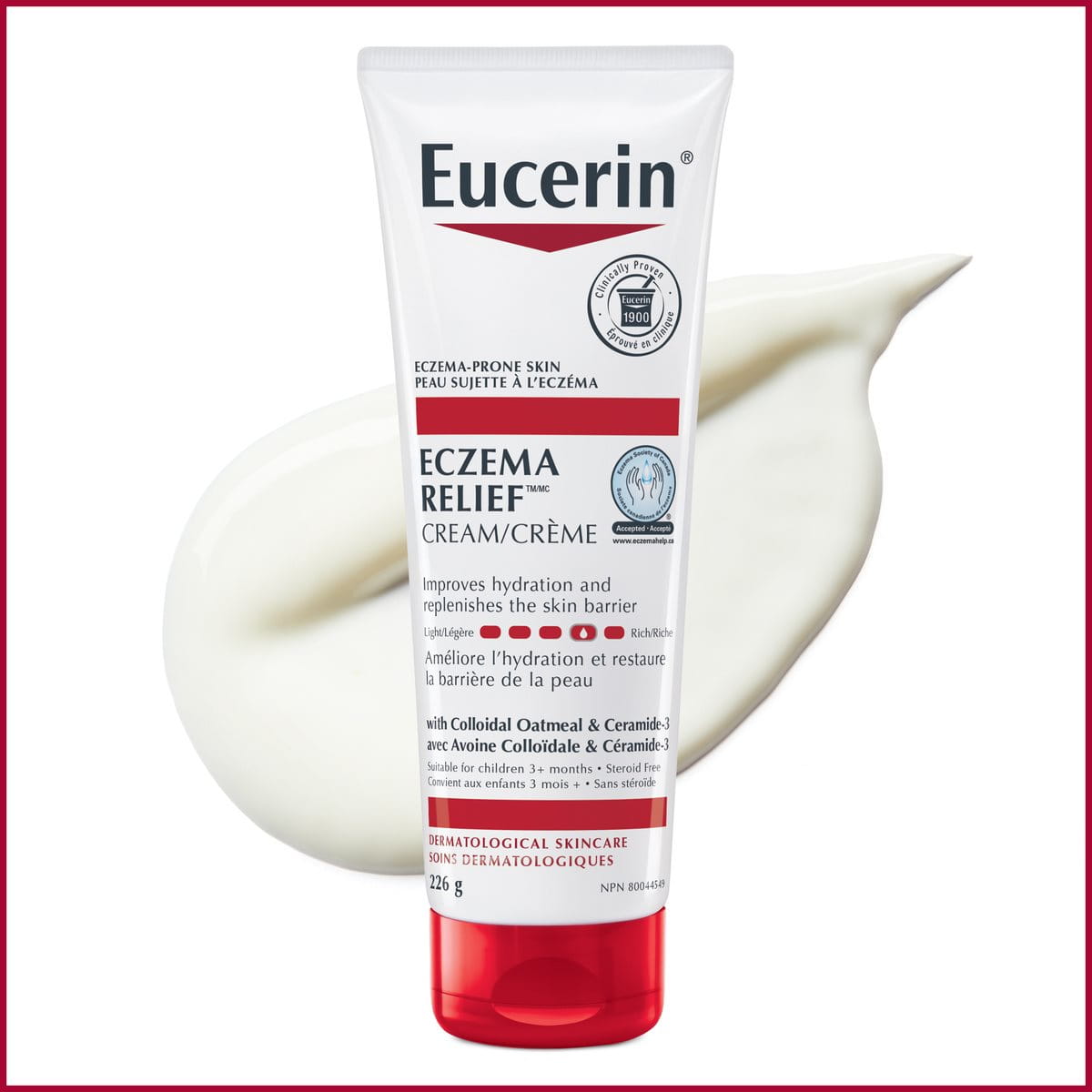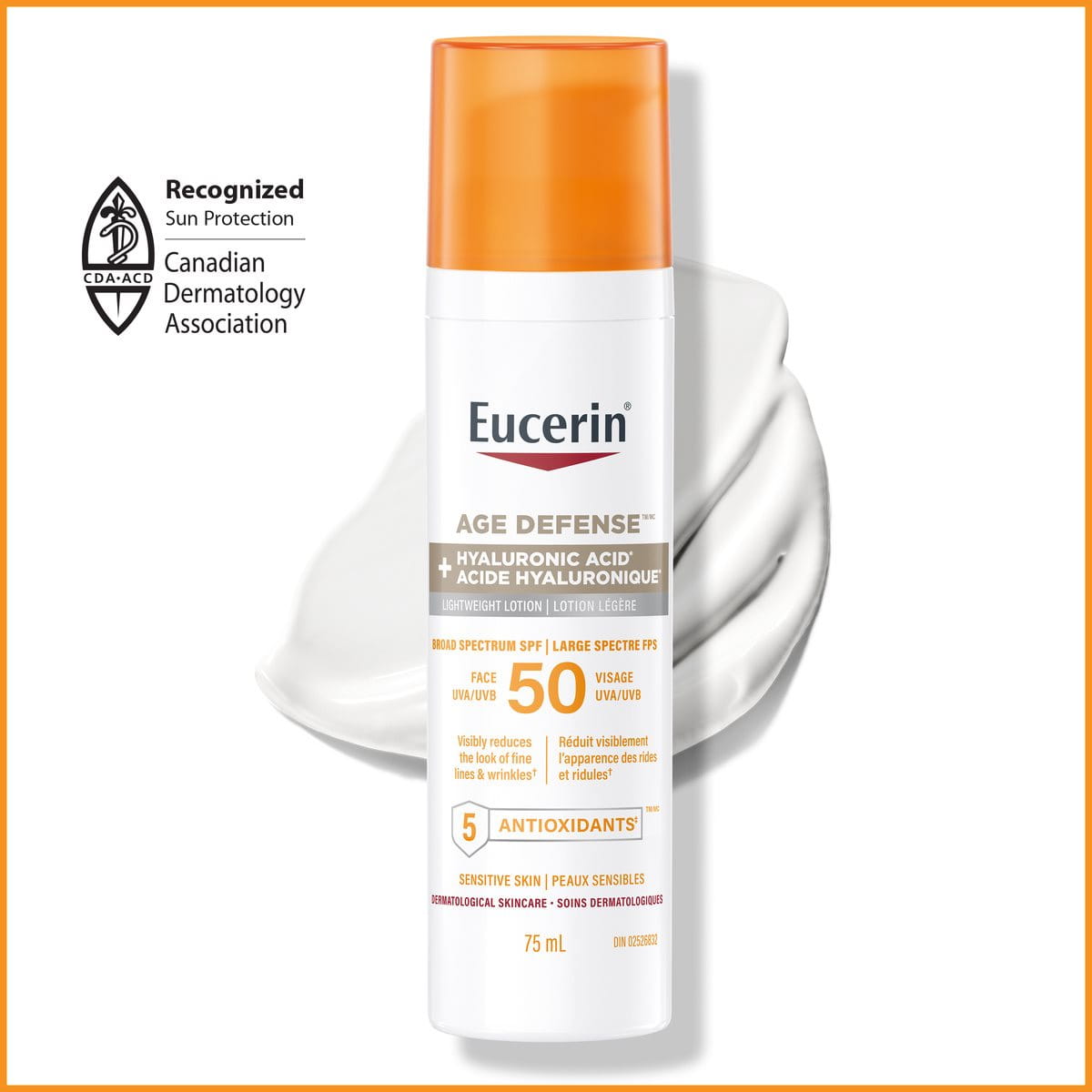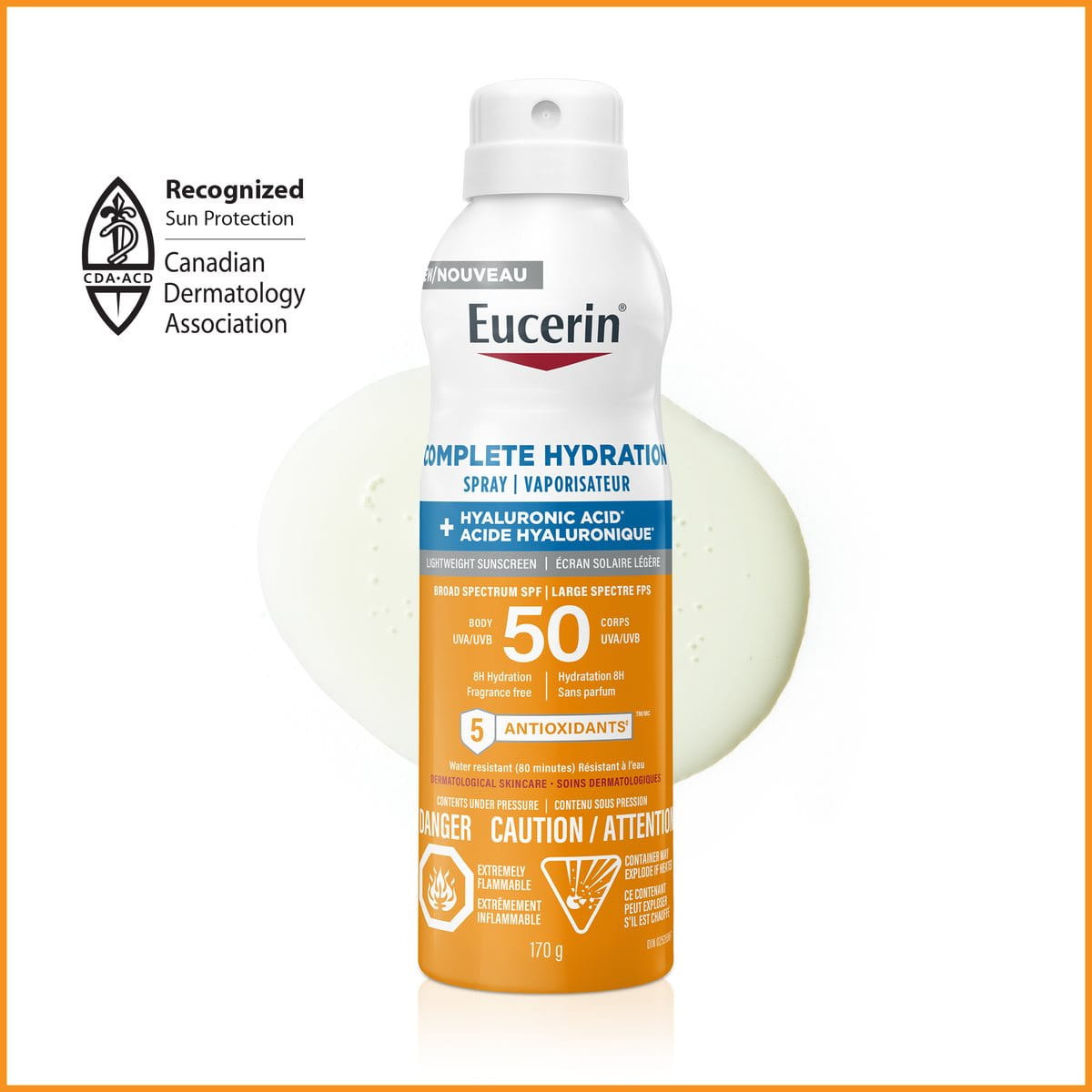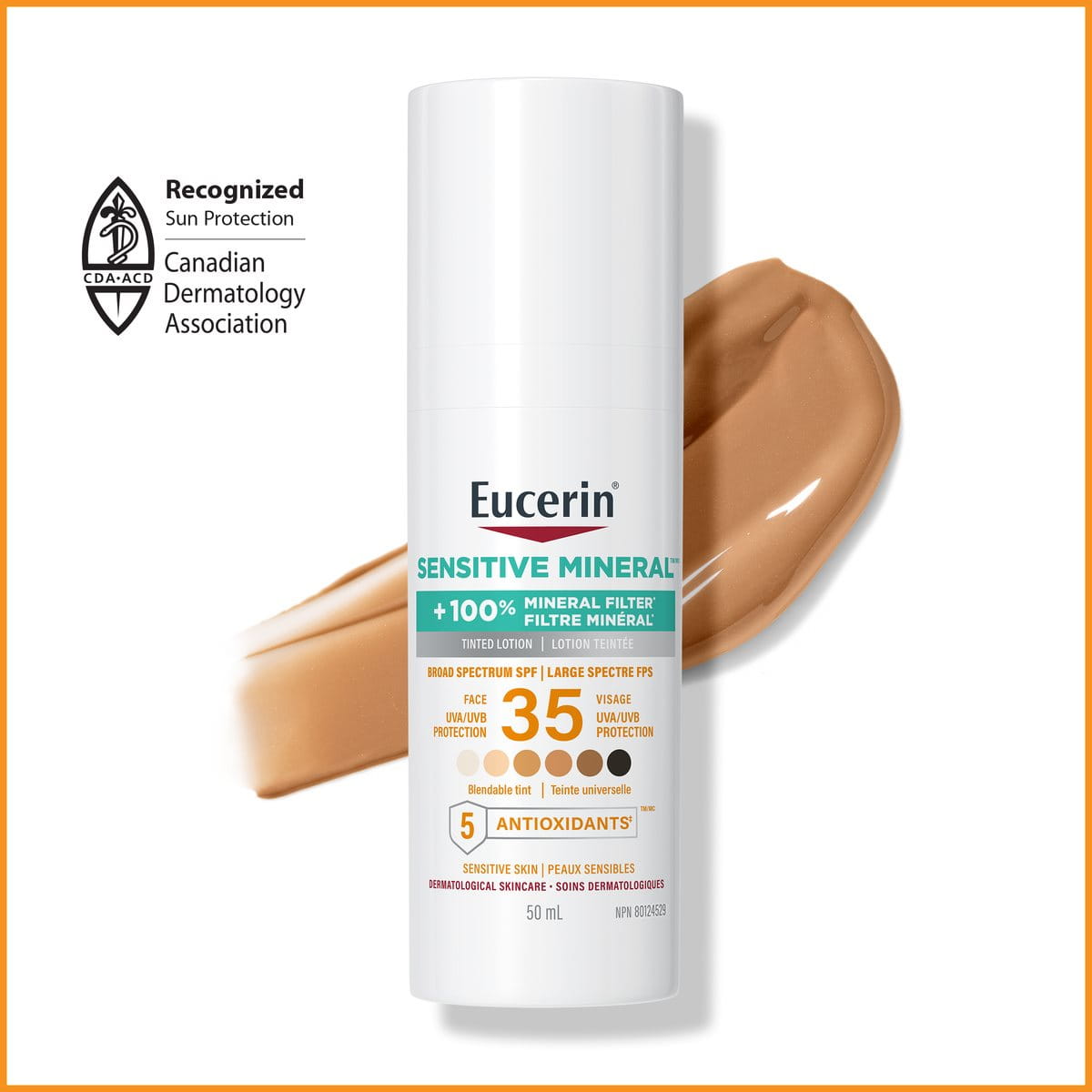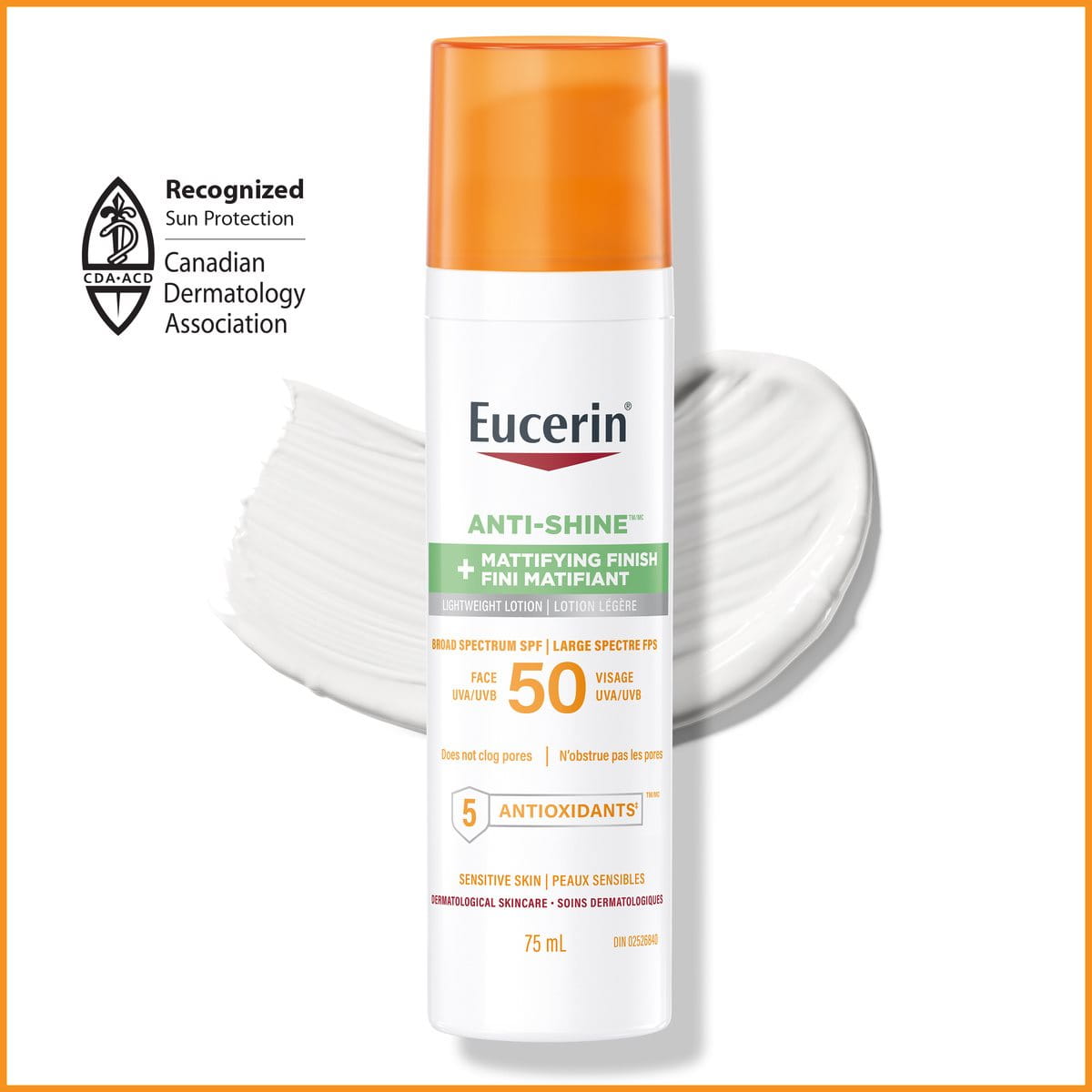We think of applying sunscreen when headed off to a sunny day at the beach, but wearing a facial sunscreen is important year-round, even on cloudy days. While most people know they should apply sunscreen before spending time in the sun, not everyone knows how much of it to use. Neglecting to use sunscreen, applying it improperly, too infrequently, or not using enough of it can lead to sunburns.
In this article, you’ll learn how much sunscreen to use on your face, when and how often to apply it, and how to choose the right face sunscreen for you.
Why is sunscreen on the face important? What does it do?
Though spending time in the sun can brighten our mood, too much exposure to the sun’s harmful UV rays can be associated with skin aging, burning, and even skin cancer. Even on an overcast day, up to 80% of the sun’s rays are being absorbed by your skin, and regardless of the weather, our faces are exposed to the elements year-round. These are some of the reasons why wearing a face sunscreen is a must.
By using sunscreen on your face as part of an overall sun protection routine, you’re helping to protect your skin from sun-induced damage and block harmful UV exposure.
Do you need SPF 50 for your face?
Depending on how protected you want to be and how exposed to the sun you will be, you may choose a broad-spectrum sunscreen with a higher or lower SPF. SPF 50 stops up to 98% of UVB rays.
What is SPF?
SPF (Sun Protection Factor) indicates how well a sunscreen protects your skin from UVB rays. The higher the SPF, the longer the protection will last. While higher SPFs block more of the sun’s UVB rays, no sunscreen can block 100% of the sun’s UVB rays.
The SPF number on sunscreen is an indicator of how long it may take to get a sunburn after applying it as opposed to sun exposure without any sun protection at all. So in the case of SPF 50 vs. SPF 30, for example, a sunscreen with SPF 50 will protect your skin for 50x the length of time you might burn without protection, and SPF 30 will protect your skin for 30x the length of time you might burn without protection.
How long it will truly take your skin to burn depends on your skin, the weather, time of year, and other factors.
What is mineral sunscreen for the face?
Mineral sunscreens for the face protect your skin from UVA and UVB rays by using zinc oxide and titanium oxide filters. These mineral filters sit on the surface of your skin and block the UV rays, reflecting them instead of absorbing them.
How much sunscreen to use on your face
According to Health Canada, adults should use about a teaspoon (5 mililiters) of sunscreen on the face and neck, and 7 teaspoons (35 milliliters) of sunscreen total on the whole body: 1 teaspoon for each arm, 1 teaspoon for each leg, 1 teaspoon for your front torso/chest, 1 teaspoon for your back, and 1 teaspoon for the face and neck.
To make this easier to measure how much sunscreen to use on your face, you can use your palm. Don’t be afraid to err on the side of more, applying sunscreen liberally to all exposed skin.
Adult sunscreen lotion, fluid or cream: On each region of the body, apply a thick line of sunscreen stretching from the tip of your middle finger down to your wrist.
Adult sunscreen spray: Spray 15 times on each area of the body. Shake well before using and apply generously until an even sheen appears on the skin. For face sun protection, do not spray aerosol sunscreen directly onto the face! Spray the sunscreen onto your hands and then carefully rub the sunscreen onto your face, avoiding getting it into the eyes and mouth.
How much sunscreen to apply for kids
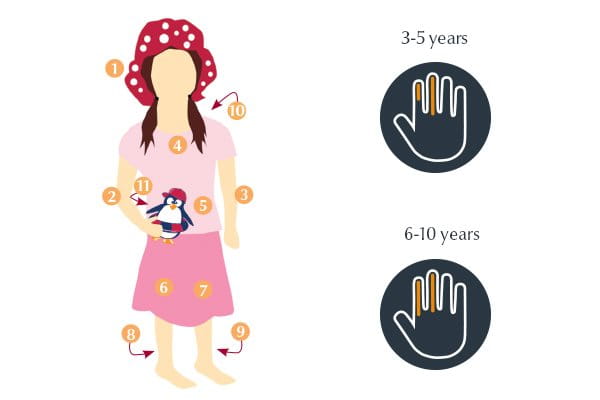
Children aged 3-6 lotion: On each region, apply a thick line of sunscreen the length of your middle finger and half the length of your index finger. For the head and neck, apply double the amount.
Children aged 6-10 lotion: On each region, apply a thick line of sunscreen the length of your middle and index finger. For children older than 10 follow the instructions for adults above.
Children's sunscreen spray: 5 sprays on each region for children aged 3-6, 7-10 sprays for children aged 6-10, 10-15 sprays for children older than 10. As with adult sunscreen spray, do not spray aerosol sunscreen directly onto the face. Spray the sunscreen onto your hands and then carefully rub the sunscreen onto your face, avoiding getting it into the eyes and mouth.
Ensure proper sunscreen coverage on the face and body
Some body parts are easy to miss, but while a small patch of exposed skin might seem harmless, thorough application is the best way we can minimize sun damage to our skin. Don't forget to apply sun cream to commonly overlooked areas such as:
- eyelids
- hairline, bald spots, or parting
- soles of the feet
- tops of the feet
- backs of the hands
- ears
- chin
- lips
When should you apply sunscreen?
Apply sunscreen evenly and generously to your face at least 15 minutes before going outside, even on days when it’s cloudy or cold. If you wear makeup, it’s beneficial to initially apply sunscreen before applying makeup and to wait a few minutes before adding foundation or other cosmetic products in order to give the sunscreen a chance to absorb.
How often should you reapply sunscreen?
Sunscreen should be reapplied every two hours, or more frequently after swimming, toweling off or heavy perspiration. Keep in mind that the SPF of the sunscreen has nothing to do with the frequency you need to apply the sunscreen. Remember that if you applied sunscreen an hour before going out, you should reapply after being outside for an hour, not two hours after sun exposure.
Can you tan with sunscreen?
A suntan is a sign of sun damage, marking an increase in skin’s melanin as a response to attempting to protect itself from further UV damage.
As mentioned above, a sunscreen of SPF 30+ protects you from up to 97% of UVB rays, while SPF 50 up to 98%. As a result, 2% or 3% will reach your skin and may trigger a tanning response.
Do I need a different sunscreen for face and body?
While you can certainly apply standard body sunscreen to your face, sunscreens made specifically for use on the face are available and are created with facial skin in mind. Facial sunscreens are designed to be absorbed more easily and feel lighter, catering to sensitive areas like under the eyes. In situations where you have sensitive or oily skin, it can be helpful to seek out a facial sunscreen separate from the sunscreen you use on the rest of your body that caters to your skin type.
Choose the right facial sunscreen for your skin
Whichever facial sunscreen you choose, ensure it is labelled as a broad-spectrum sunscreen, meaning it protects against both UVA and UVB rays, and that it has an SPF of at least 30.
Eucerin Sun goes beyond sun protection with a unique complex of 5 antioxidants and offers clinical benefits for your specific skin type. The Eucerin Sun Protection Range includes a comprehensive selection of broad-spectrum sun protection products developed with dermatologists for complete sun protection.
Discover the perfect balance of sun protection and pampering with the Eucerin Sun Protection Range.
The information provided herein is not intended to be medical advice. Nor is it intended to treat the underlying skin disease or condition. The information is provided solely to:
- Moisturize, soften and smooth dry skin
- Improve the appearance of the skin
- Achieve healthier-looking skin
Our brand values

We deliver a holistic dermo-cosmetic approach to protect your skin, keep it healthy and radiant.

For over 100 years, we have dedicated ourselves to researching and innovating in the field of skin science. We believe in creating active ingredients and soothing formulas with high tolerability that work to help you live your life better each day.

We work together with leading dermatologist and pharmacist partners around the world to create innovative and effective skincare products they can trust and recommend.
